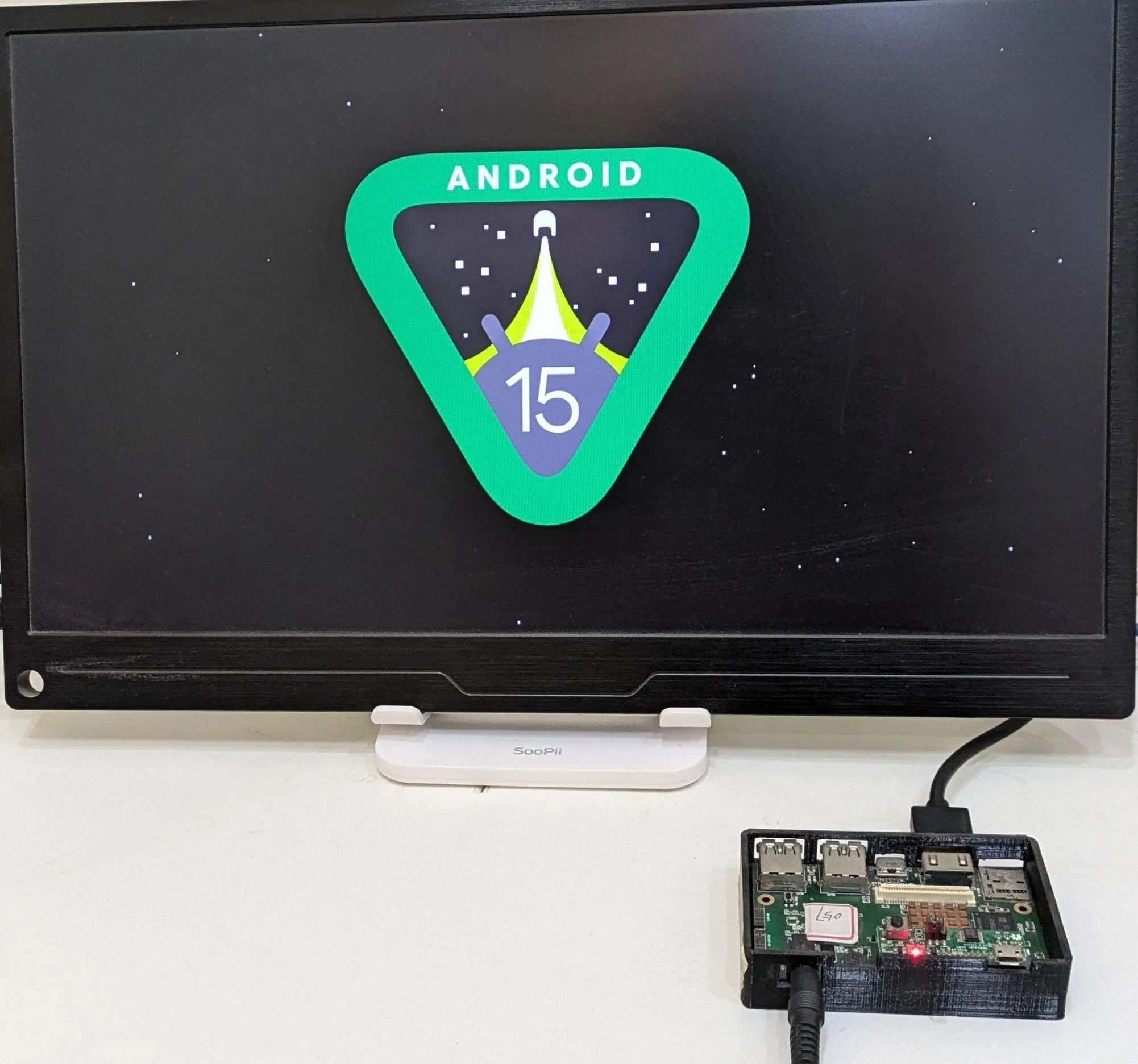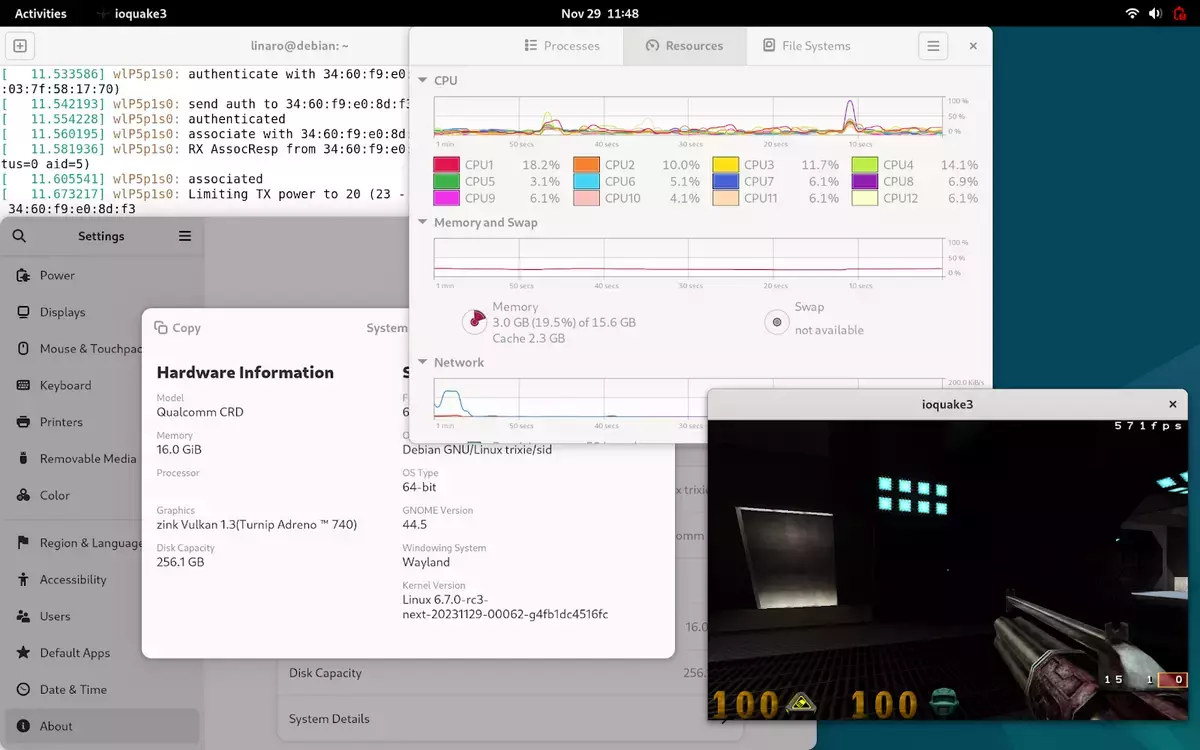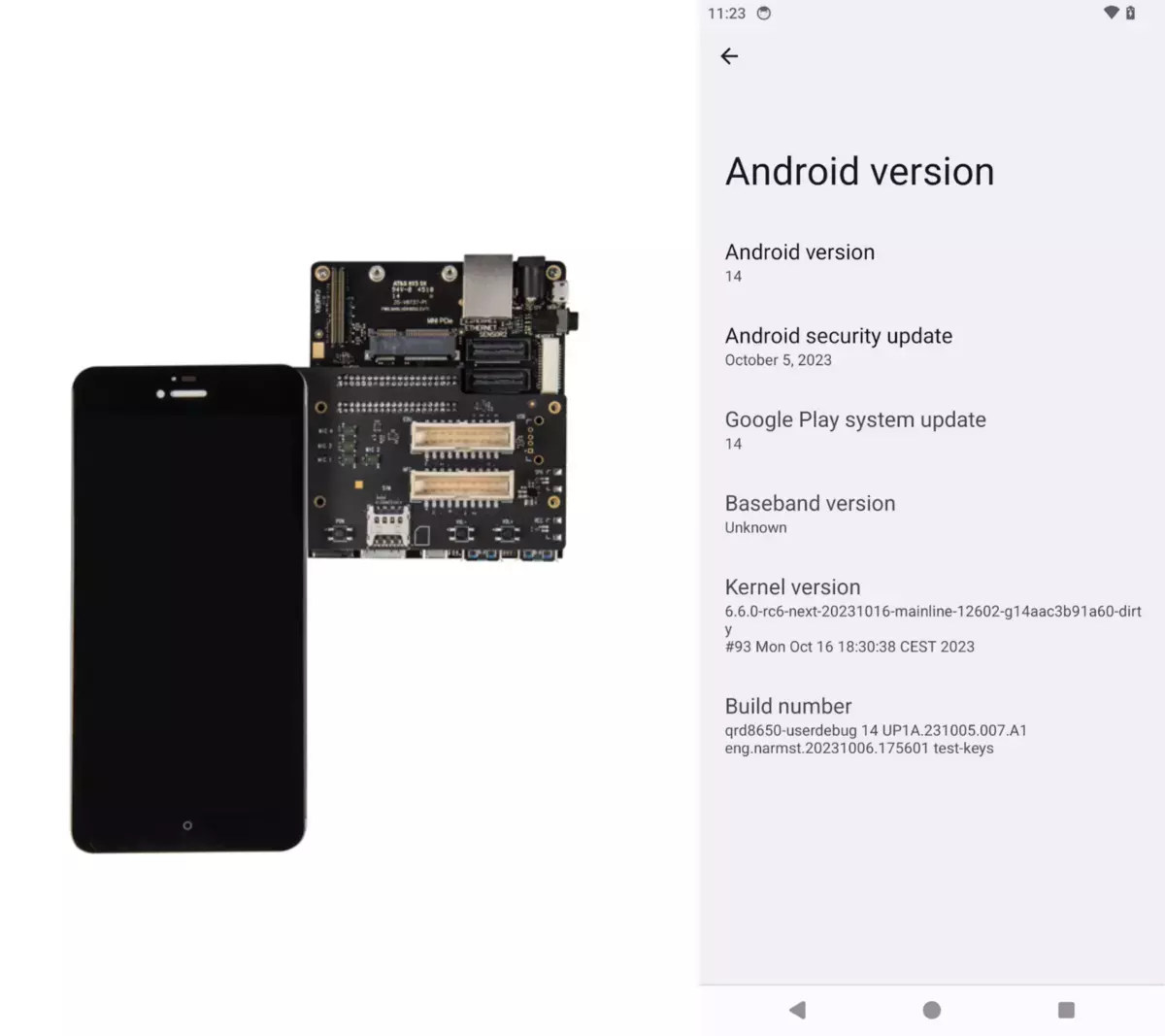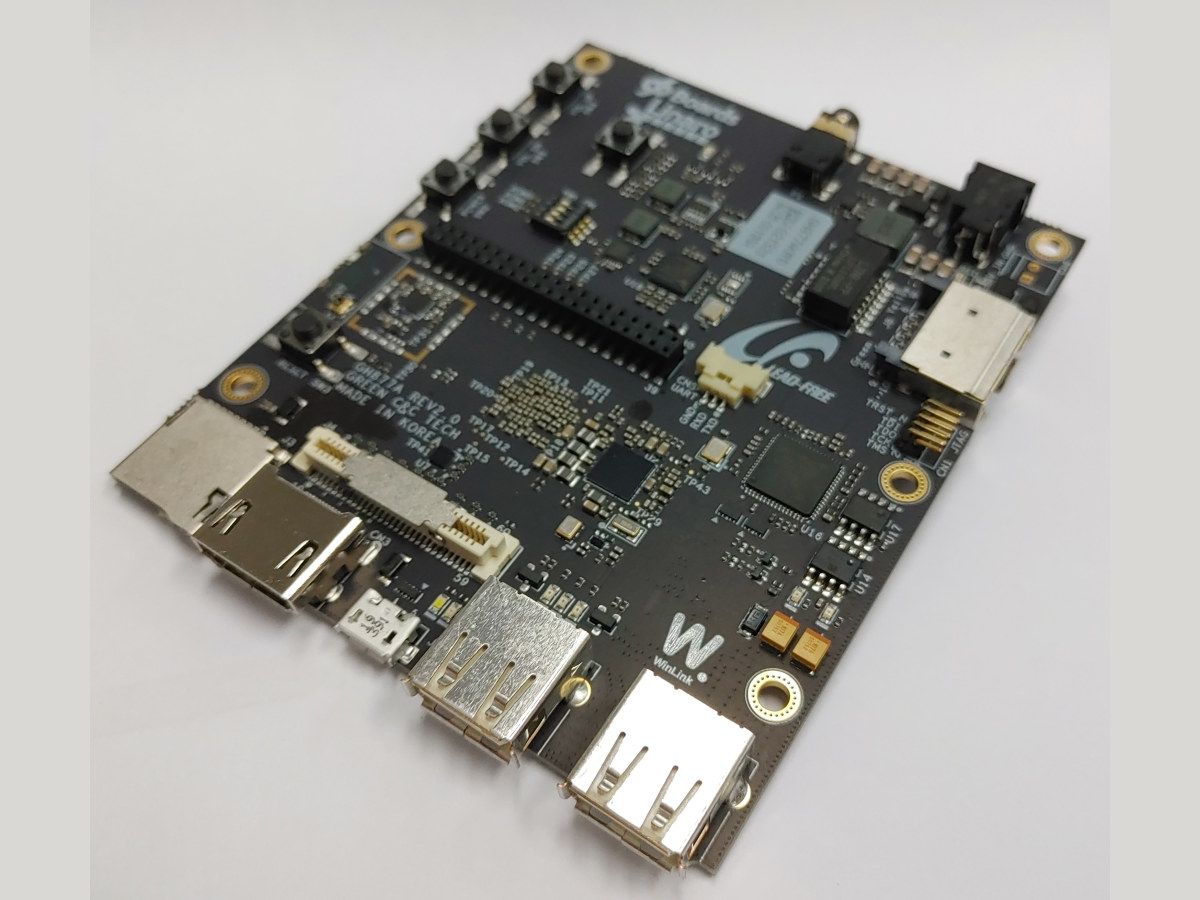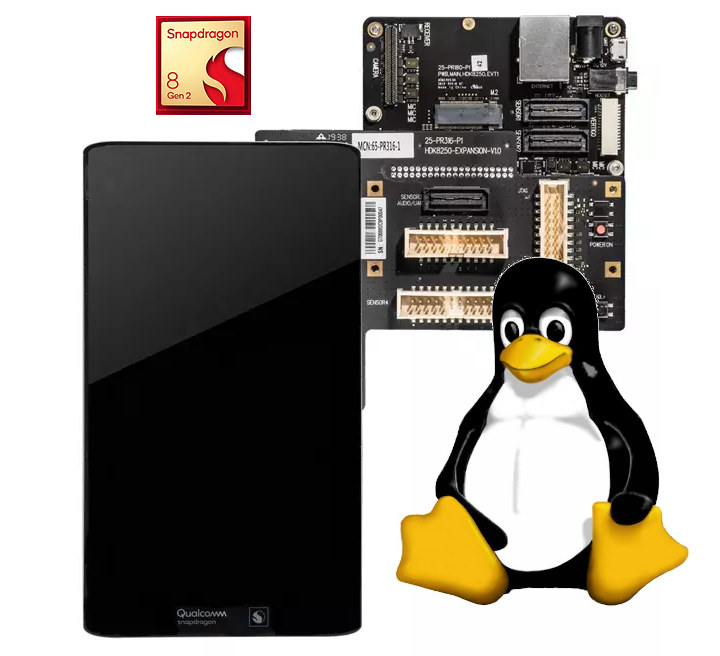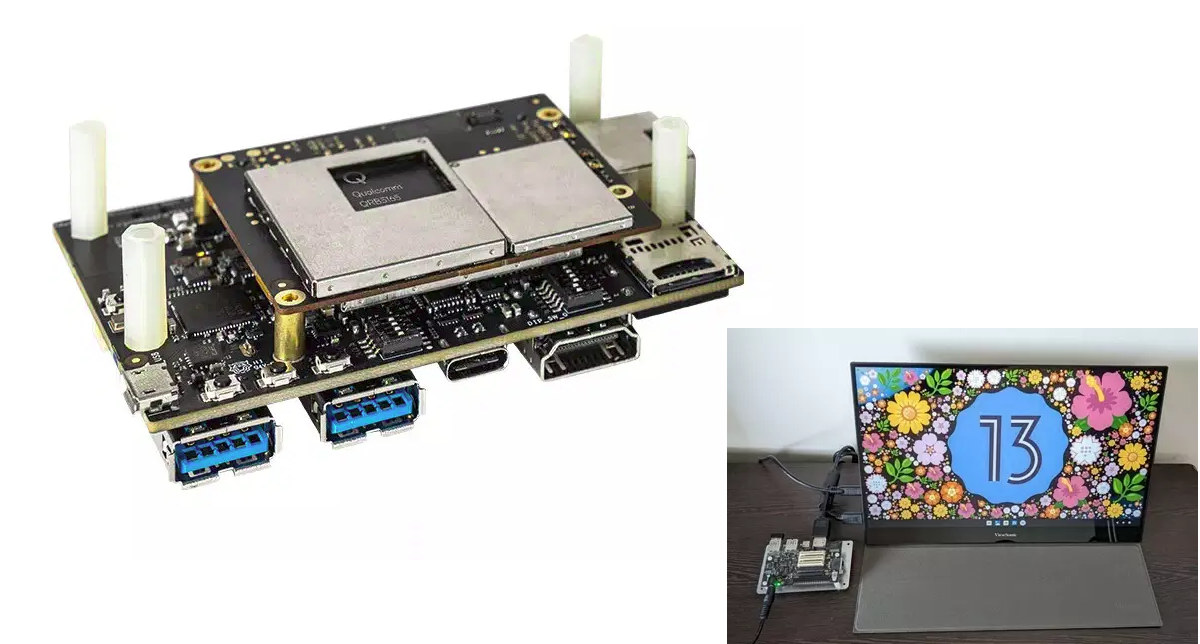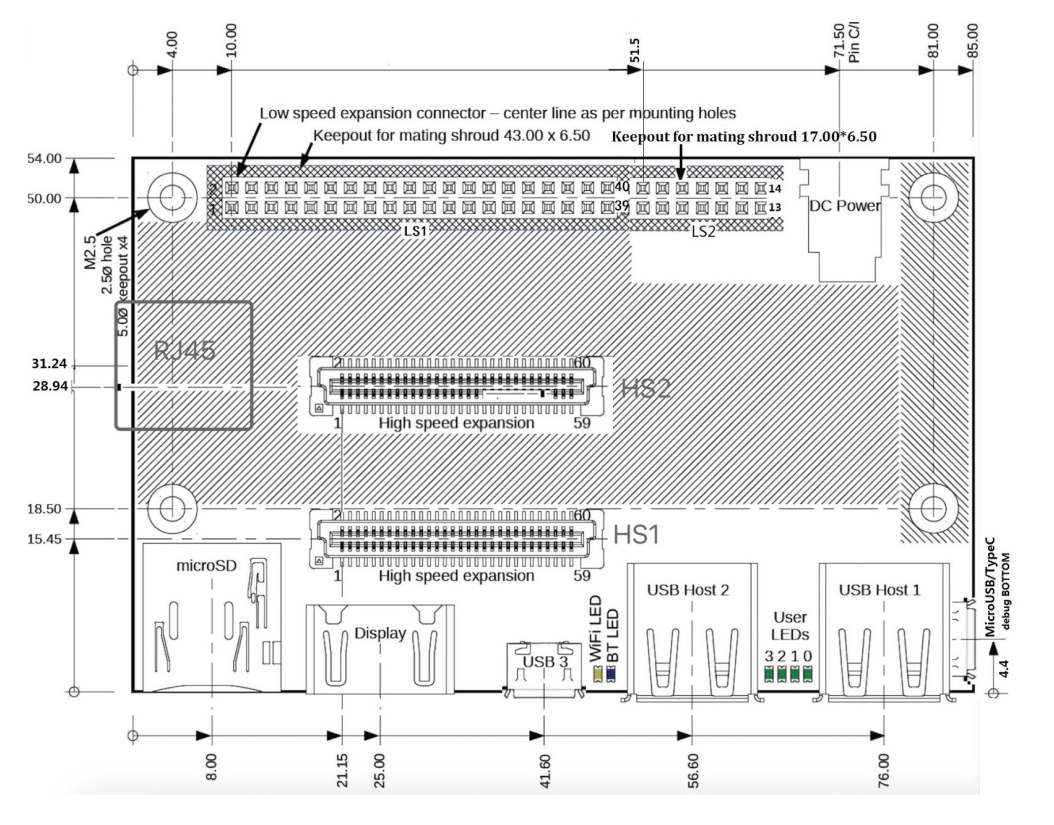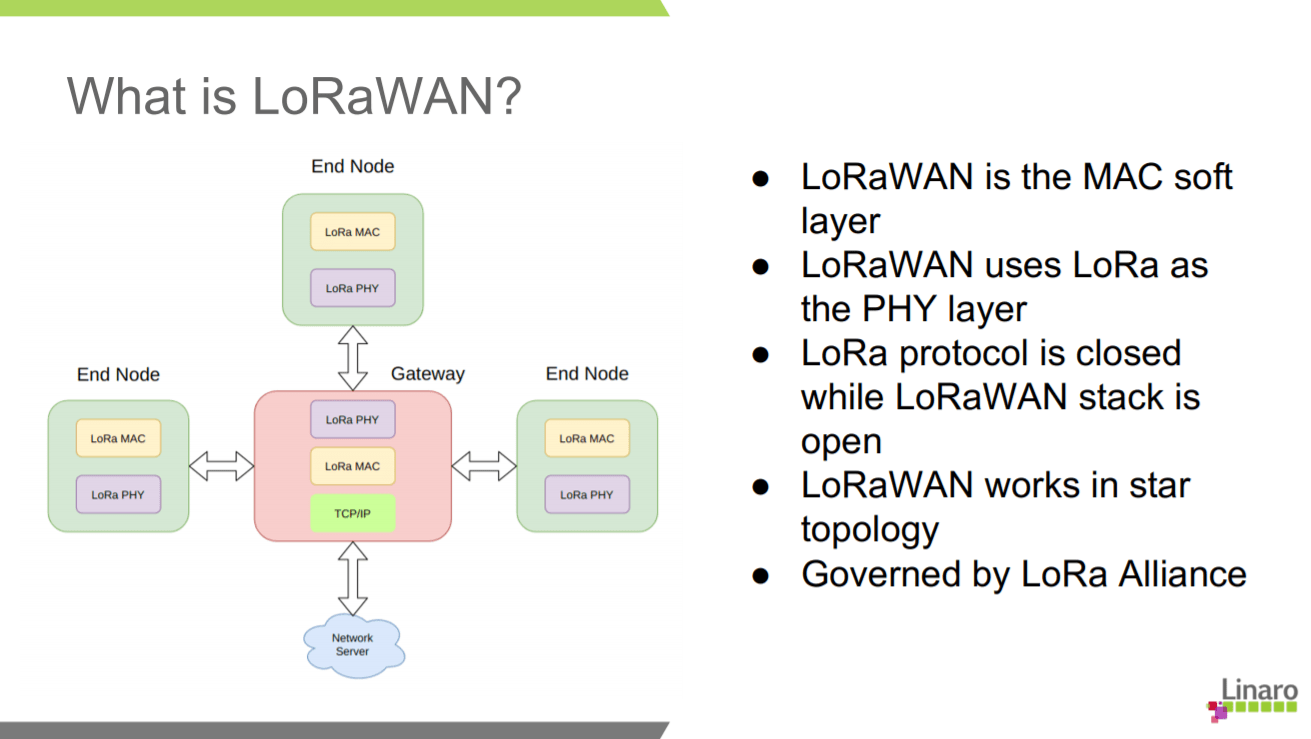Android 15 source code was just pushed to AOSP last week, and Linaro has already ported it to four reference development boards based on Qualcomm and HiSilicon/Huawei chips namely Snapdragon 8 Gen 2 devboard (SM8550-HDK), Qualcomm Robotics Board RB5, Qualcomm Dragonboard 845c (DB845c, aka RB3) and HiSilicon Hikey960. Recent Google Pixel phones can already get Android 15 beta, but that makes the aforementioned development boards some of the first hardware platforms running Android 15 which could be useful to app developers and people wanting to customize Android 15 OS for their target product(s). Android 15 worked on the same day as the release to AOSP thanks to a collaboration between Linaro and Google to make sure reference boards get support as soon as possible, and in this case, we had a “0-day boot” as Linaro puts it. This collaboration started in 2022 with Qualcomm Robotics RB3 and RB5 platforms getting […]
Debian 12 and Linux upstreaming for the Qualcomm Snapdragon X Elite SoC
When Qualcomm launched the powerful 4.2 GHz Snapdragon X Elite 12-core Arm SoC for “mobile PCs” (better known as laptops), I was surprised they showed benchmarks for both Windows and Linux as in the past, the company focused on Windows only for this type of processor. But at the time we were only shown Geekbench 6.2 results in Linux, so it was not clear what was supported at the time. But a recent post by Abel Vesa, Linaro engineer, explains a fully working Debian 12 image with GPU rendering and WiFi connectivity was ready right before launch and work is now being done to upstream the code to Linux mainline. In this post, he shares the Linux upstreaming plan and provides instructions to install Debian 12 on an official Snapdragon X Elite reference design. Upstreaming will be done in two parts, starting with support for the following: Qualcomm Oryon CPUs Clocks, […]
Qualcomm Snapdragon 8 Gen 3 gains upstream Linux support
Linaro has announced upstream Linux support for the newly released Snapdragon 8 Gen 3 mobile platform also codenamed SM8650. The patchsets enable Android 14 AOSP to boot with mainline Linux on Snapdragon 8 Gen 3 hardware using Google SwiftShader CPU-based implementation of the Vulkan graphics API. While there is a lot of buzz around the announcement of the Snapdragon X Elite 12-core Arm processor for laptops in recent days, Qualcomm also introduced its latest premium processor with the Snapdragon 8 Gen 3 Mobile Platform for mobile phones featuring a 3.3 GHz Cortex-X4 core, five Cortex A720 Performance cores, and two Cortex A520 efficiency cores, as well as support for generative AI through AI accelerators. The announcement was made on October 25, and Linaro released the patchsets to the Linux Kernel Mailing List (LKML) on the same day. Android devices are often stuck to an older Linux kernel for their entire […]
WinLink E850-96Board SBC is powered by Samsung Exynos 850 Octa-core Cortex-A55 SoC
WinLink E850-96Board is a 96Boards CE Extended-compliant single board computer (SBC) based on a Samsung Exynos 850 octa-core Cortex-A55 processor plus 64GB flash and 4GB RAM found in a single eMCP (embedded Multi-Chip Package) chip. While the Samsung Exynos 5422 based ODROID-XU4/XU4Q was one of the most popular SBCs when it launched in 2015 thanks to its features set and affordable pricing, we haven’t really seen other interesting Samsung Exynos SBCs in recent years. I did notice a WinLink E850-96Board based on Exynos 850 in the Linux 5.17 release last March, but there was not enough information then. The good news is that the board has now launched so let’s have a closer look. WinLink E850-96Board “All-in” board specifications: SoC – Samsung Exynos 850 CPU – Octa-core Arm Cortex-A55 processor @ up to 2.0GHz GPU – Arm Mali-G52 MP1 GPU supporting OpenGL ES1.1/2.0/3.2, OpenCL 2.0 Full Profile, and Vulkan 1.0/1.1 […]
Qualcomm Snapdragon 8 Gen 2 SoC gets upstream Linux support
Qualcomm unveiled the Snapdragon 8 Gen 2 mobile platform just a few days ago, but Linaro has just announced that Linux was already upstreamed to the premium mobile SoC featuring a 3.2 GHz Arm Cortex-X3 “Prime” core, four performance cores at up to 2.8 GHz, and three Efficiency cores clocked at up to 2.0 GHz. Most of the work was done by Linaro Engineers Abel Vesa and Neil Armstrong with initial support posted on November 16th on the Linux kernel mailing list, and with the set of patches released so far, it is even possible to boot a minimal AOSP image on a Snapdragon 8 Gen 2 development kit shown below which should be manufactured by Lantronix, if history is any guide. The following features are enabled in mainline Linux for the Qualcomm 8 Gen 2 processor, codenamed SM8550: Qualcomm Kryo CPUs with DVFS and Power Control support System – […]
Android 13 is already working on Qualcomm Robotics RB3 and RB5 platforms
Qualcomm Robotics RB3 (aka DragonBoard 845c) and Robotics RB5 boards can already support Android 13, just a few days after the source code was pushed to AOSP (Android Open Source Project). Once upon a time (i.e. a few years ago), it would have taken weeks, and more likely months, to port the latest version of Android (AOSP) to a specific single board computer. But thanks to initiatives such as Project Treble, Android reference boards such as DragonBoard 845c (RB3), HiKey 960, Khadas VIM3, and Qualcomm Robotics Board RB5 can now get the latest version of Android up and running in a matter of days. Android 13 was released on August 15, and Linaro wrote about RB3 and RB5 support on August 18, and while Linaro engineers collaborated with Google engineers before the AOSP, it is still an impressive feat. Amit Pundir, Linaro Engineer, explains how this was made possible: Over […]
96Boards Consumer Edition Specification v2.0 adds Ethernet, PCIe, expansion connectors
Linaro’s 96Boards specification was first introduced in 2015 with the launch of Hikey SBC following 96Boards CE specification, which CE standing for Consumer Edition. The standard would define mechanical, electrical, and software requirements to create an ecosystem of low-cost, expandable, compatible, and well-supported boards. The software requirements were never very well followed, and while the hardware would usually be compliant, some complained about the specifications themselves notably with the lack of Ethernet for the standard version of the 96Boards CE SBC. Linaro has now announced the updated 96Boards CE specification 2.0 that adds ports location for optional Ethernet and PCIe Ethernet connector among other things. The minimum hardware requirements remain the mostly same, except for a few tweaks: Ultra-small low-profile form factor – 85x54x12 mm Extended Version: 85x100x12mm Design is SoC independent (targets 32- and 64-bit SoCs) 0.5 GB RAM (Minimum 4GB recommended for Android) MicroSDHC Socket for up 64GB […]
LoRa & LoRaWAN support in Zephyr OS
The story of LoRa began in 2009 when Cycleo, a French company, invented LoRa. LoRa (Long Range) support for Zephyr OS goes back to December 2019. Since then, there has been a huge interest among the community to extend their support for it. More recently, LoRaWAN (low-power wide-area network) support was added to Zephyr OS. This will provide true networking support to Zephyr OS over LoRa. It operates in licensed free Sub Gigahertz frequencies (865 MHz-India, 868 MHz-Europe, etc…). It makes the perfect choice for low data rates and long-range applications. What is LoRaWAN? LoRaWAN is a MAC layer that sits on top of the LoRa. According to the OSI model, LoRaWAN is the MAC (media access control) layer while LoRa is the PHY (physical) layer. LoRa protocol is closed, meaning it is proprietary to Semtech, while LoRaWAN specifications are open to the public. The reference implementation is available at […]


